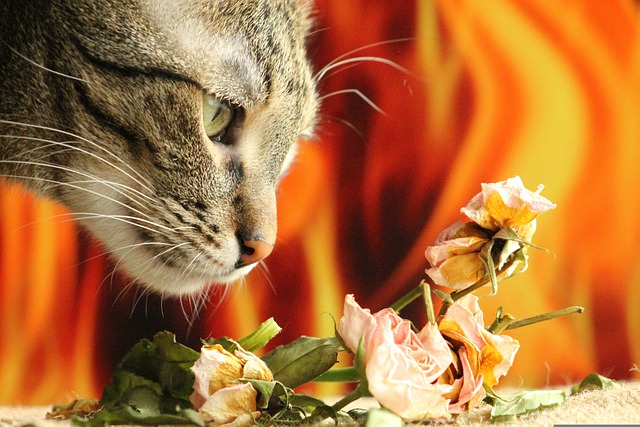When it comes to cat litter, there are a vast number of options. Do you want powerfully fresh? Natural shreds? Clumping? The list goes on and can become quite lengthy. With so many choices available today, it may seem as if the task of choosing kitty litter is a total headache. Let us help you choose something your kitty will really dig!
Follow these tips on how to choose the right litter for your cat and avoid some frustration.

What To Consider When Choosing Which Cat Litter Is Best For Your Cat
1. It Starts With The Litter Box
This isn’t exactly litter, but choosing the right litter box for your cat is very important to the success of litter and training. Cats are naturally highly intelligent creatures, so you will really only need to show them the easily accessible location of their litter box, and this will go a long way. If you have a small kitten it’s best to start with something that is easy for them to get in and out of. If your cat is more mature and can maneuver well, then try a nice litter box with a removable lid so that your cat has privacy when he breaks for the box. And check the litter daily, changing litter weekly for best results. Some people choose to go longer, but weekly is nice to keep constantly fresh for both you and your kitty.
2. To clump or not to clump
Clumping litter is typically the preferred choice for cat owners due to its practicality and time-saving options. A special substance in the litter, bentonite, absorbs urine to create a solid clump while leaving the surrounding litter clean and dry. This can be simple come scooping time for owners as there is little work involved. But it is important to remember that the litter should be changed just as often or refilled when the eliminated litter is removed during cleanings. For non-clumping (often clay-based) cat litter, these options usually contain baking soda or charcoal to help with eliminating the overpowering smell of the cat’s urine. The litter does not clump, and the urine from your cat will pool at the bottom. Routine changes are highly recommended for this old-school litter option to keep both kitty happy and your home smelling fresh. Choosing between these two popular options is really a matter of personal taste for both you and your cat. And with options of pine, silica gel, paper, and even corn, you’re sure to find the best litter for your cat’s preferences.

3. Odor control
Odor control is a must for many cat owners, especially when their living space is smaller or the litter box isn’t concealed due to space limitations. When choosing a litter to battle the smells from the litter box it’s best to choose one that eliminates odors, not masks them. Cats have a heightened sense of smell, so be careful with scented litter as it may bother your cat. Also, just because the litter smells clean doesn’t necessarily mean that it is. It’s important to check the scented just as often as you would any other litter. Most silica gel or crystal litters are well-known for their winning battle against odor with their super absorbent capabilities, but a hefty price tag may come with this option. Silica gel options are also nice as most are low or dust-free compared to clay litters that create dust if this is something that bothers you.
4. Environmentally friendly
As with traditional cat litter, most changing of the litter is either performed by dumping into an outside trash bin in a bag or by flushing clumps down the toilet. Either of these methods can have an impact on the environment and there are natural shred solutions for your cat if this issue would make you feel better. Natural cat litter (plant-based) options offer cat owners the ability to dispose of cat waste outdoors in a compost pile. This may not be realistic for some people but having the option is nice for “green” owners and their kitties. Amazon carries several option to choose from.

5. Sensitive litter options
Some cats are more sensitive than others and may not take to traditional cat litter easily. There are softer, gentler options available that are also ideal for a cat that has been declawed. These cats are prone to sensitivity issues with their clawless paws, so something that won’t irritate their kitty paws is best. Find a fine granule option to avoid any issues with your declawed cat’s paws.
6. Important key factors when choosing…
Cost and product packaging may not affect your cat, but it affects you, the consumer. You need to consider how often you plan to change out the entire contents of the litter box, as well as the packaging your litter comes in. Something that comes in an oversized container or one that isn’t resealable may not be realistic for you to carry or store properly in your home. While it’s important to remember that your cat being happy comes first in regards to choosing the right cat litter, you have to think about the cost associated and the practicality of your decision as well.

